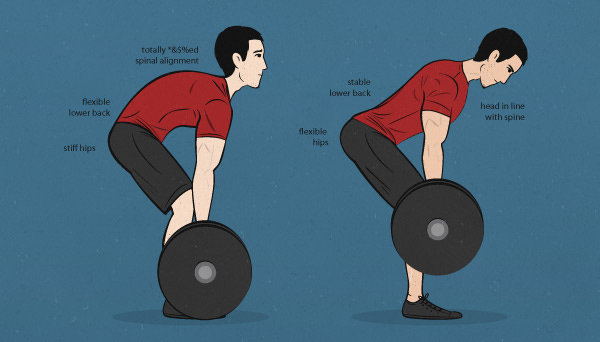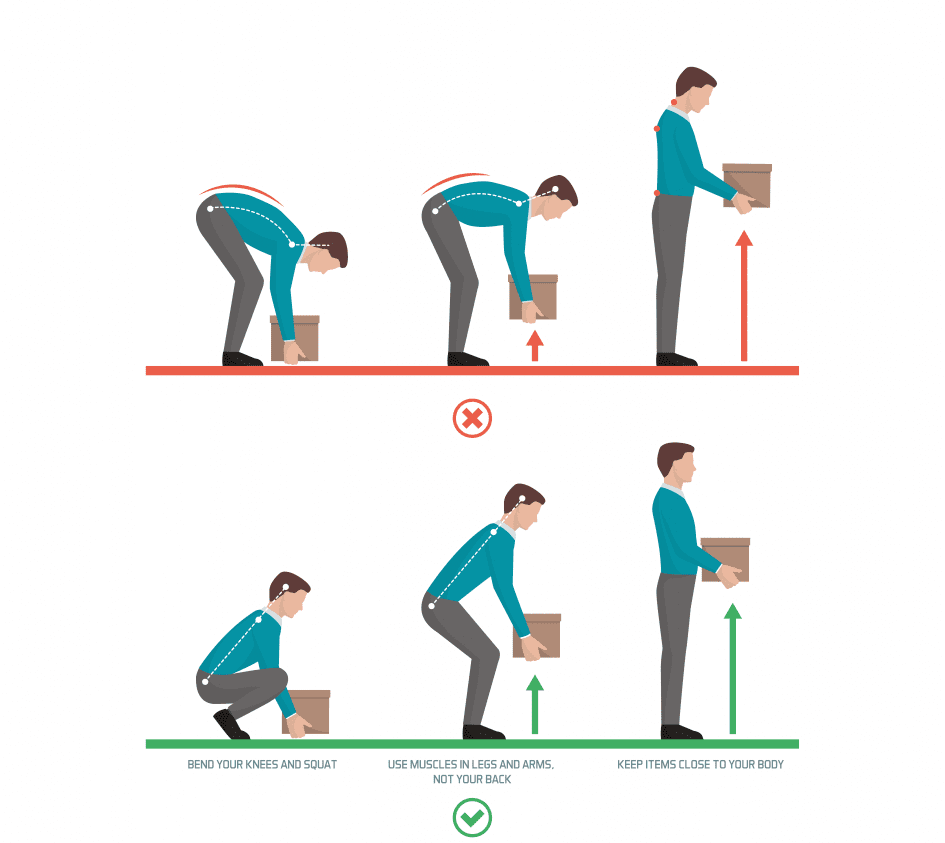The issue with doing it in the “right way” to lift?
Imagine you have back pain and try to lift something, like a water can, to place on the kitchen counter. There are a few possible outcomes:
You lift it with no pain.
You lift it with moderate pain.
You hesitate to lift because you're afraid it will worsen your pain.
The pain is severe, and you’re unable to lift (bend) at all.
In scenario 1, everything seems fine, and there's no real issue. In scenario 4 (severe pain, and you’re unable to bend), however, you likely need movement-based therapy before attempting any lifting.
But if you're in scenarios 2 or 3, you might ask your therapist or doctor, "Can I lift weights?" What should their response be?
Is it:
""No, don't lift weights; your spine is damaged, and your disc is herniated."
"Wait until the pain subsides, then I can teach you the correct way to lift."
"Yes, you can start lifting weights; it’s actually beneficial for your back pain."
The correct answer, as many of you might choose, is likely number 3. It's important to not only encourage patients to lift weights but also to teach and guide them as part of their back rehabilitation.
However, the point I want to highlight is this: is there really a "right way" to lift? Is there a "right way" to perform certain tasks?
The answer is not "really." There isn’t necessarily a "right" or "wrong" way to move or complete a task. Yet, everywhere I look—from "educational" videos to clinical teachings—I'm constantly told there’s a single correct way to perform movements.
Take, for example, patients who regularly go to the gym. Many are so conditioned to keep their back straight that they simply cannot perform lumbar flexion. I had one case where it took me nearly 45 minutes to get a 28-year-old patient to do lumbar flexion and lift a 1 kg weight. This rigid conditioning about the "right way" can sometimes limit natural movement and flexibility, even when the movement is safe and functional.
Imagine millions of years ago, you're walking with your clan of 15 people, including small children. Your path is blocked by a large fallen tree. You bend down (performing lumbar flexion) and lift it to clear the way. If you succeed, you’ll continue doing it the same way over time, with your body learning and adapting to perform the movement more efficiently. If you can't lift it, you’ll likely try alternative strategies—like using tools or seeking help from others.
This is how humans have operated for millennia—there was no "keep your back straight" method. You might argue, "But that's for people without back pain. What about those with pain?" The truth is, the same principles apply. Pain doesn’t make a natural movement method wrong. As patients continue to practice and move, their bodies gradually learn to adapt, self-organizing.
So whether you're a patient, therapist, or orthopedic specialist, don’t be afraid to bend. Don’t restrict lumbar movements—whether consciously or by using braces. It's a terrible idea that can lead to more impairments and increased disability over time. Move your joints, work your muscles hard that is what they are suppose to do.
What about these pictures below are they good advice or bad or it depends?
Love
Hariohm







Thank you for your valuable perspective, sir.
Before reading your post, the images appeared flawless, but now the question arises, does everyone must follow this method?
Maybe at certain stages of rehab, this might be helpful like taking from scenario 3 to 2 and reaching level 1 without bracing.
Need your inputs sir
Thankyou